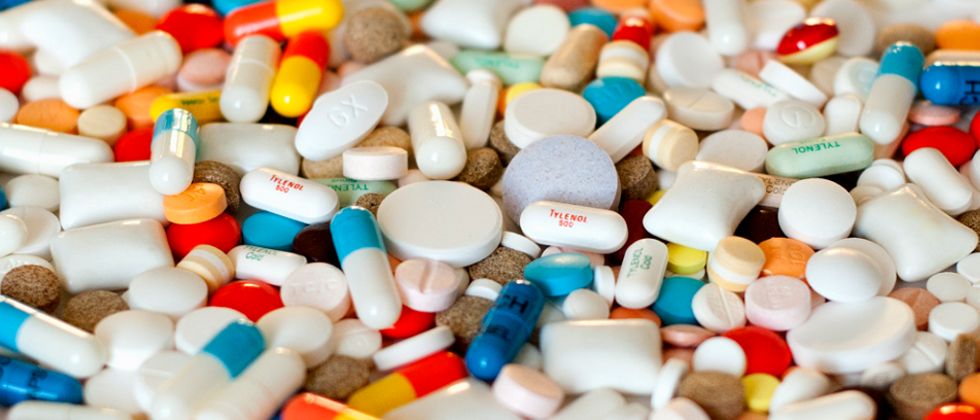Tap Water Contamination Guide
Your home’s tap water may not be safe to drink, even if it comes from a municipal center or private well. Common contaminants can enter the water after it has left the treatment facility. Filtering the water can help, but you need to make sure you are using a system that removes the contaminants in your water. The list of potential threats to our water is long and includes chlorine, iron (ferrous and ferric), manganese, hydrogen sulfide, sediments, raised acidic levels, arsenic, lead, nitrates, microbiologicals, and pharmaceuticals.
Here is more detailed information:
Hard Water
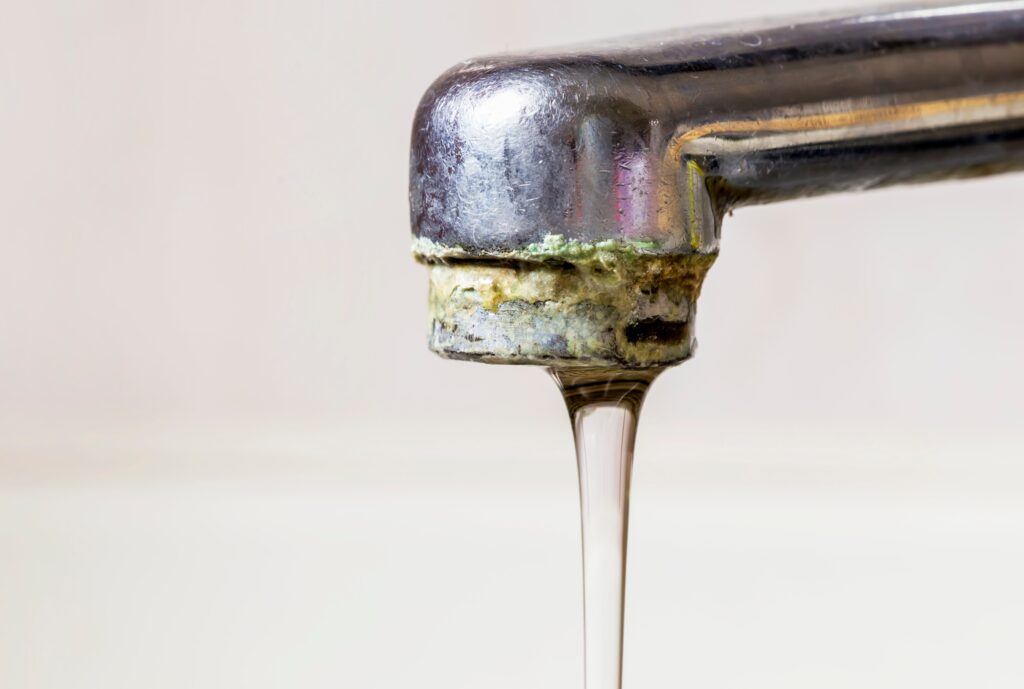
Hard water can make your skin feel dry and itchy and your shower dirty because it has minerals like calcium and magnesium in it, which the water picks up naturally. This can also make your appliances have a build-up of residue, cause rust to form on your faucets and drains, make your laundry look dull and stop soap from soaping up. Having a water softener is the solution to hard water.
Chlorine & Chloramines
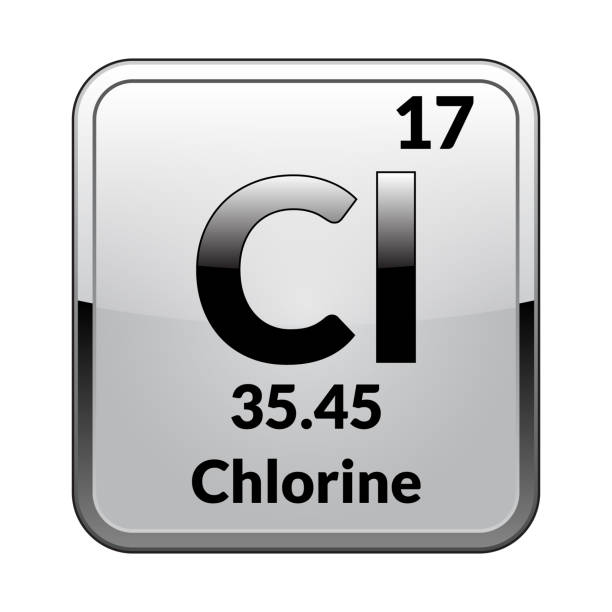
Chlorine has a strong smell, which you may have experienced in public pools or cleaning products like bleach. This is because chlorine is a disinfectant that kills bacteria. Drinking water is treated with low levels of chlorine to make sure it’s bacteria-free. The Environmental Protection Agency allows this because it’s important for public health. Sometimes, facilities use a combination of chlorine and ammonia called chloramines. Too much of this can make your water unappealing and irritate your skin and eyes, especially if you have eczema. The best solution is to install a whole home a water filtration system designed to remove these from the water.
Iron
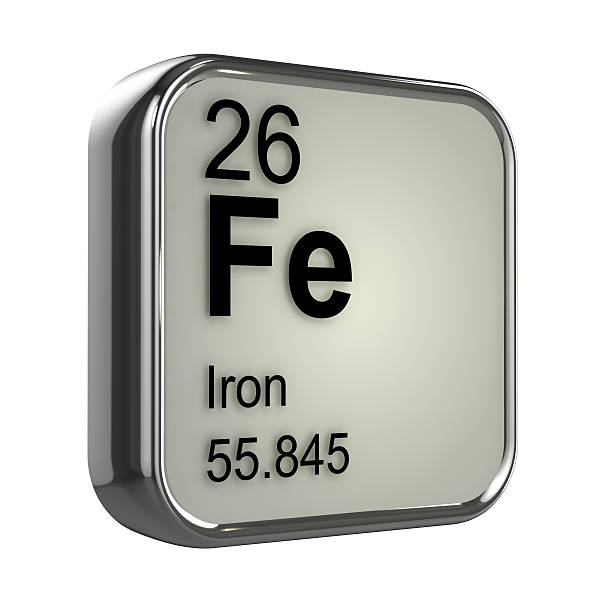
Iron can be found in many places, but it’s not good to have in your water. You might notice it if your water tastes and smells like metal or if there are brown stains on your sink, bathtub or shower.
There are two types of iron in water: ferrous iron and ferric iron. Ferrous iron looks clear at first but turns brown or red after a bit. Ferric iron makes your water a yellowish-red color right away.
Iron gets into water naturally from rocks, and it can cause problems with your plumbing and appliances as well as your health. A filter or water softener can help fix this.
Manganese
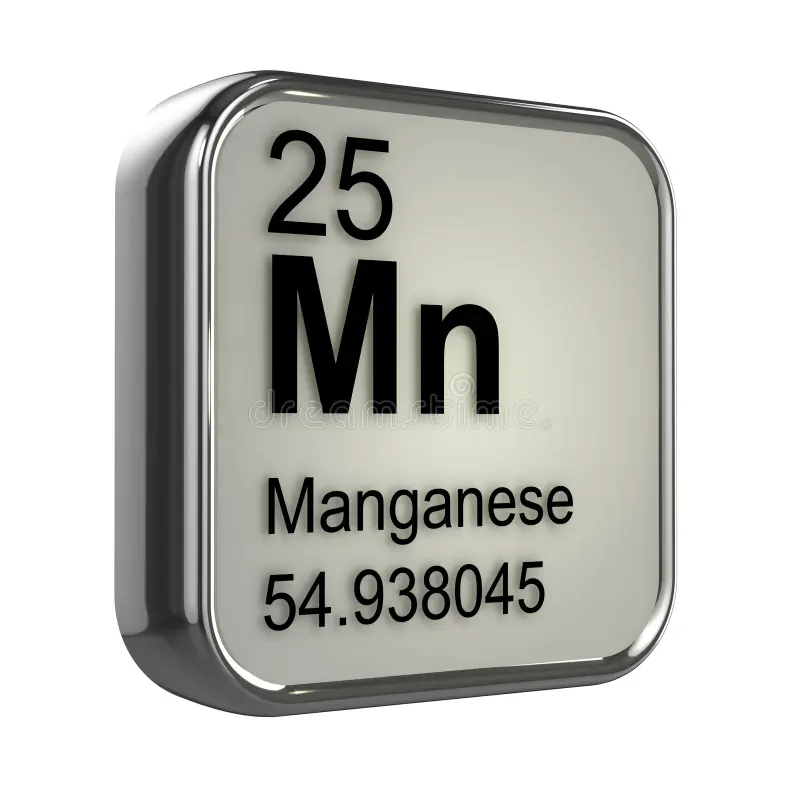
Manganese is a mineral found in soils and rocks. It’s necessary for nature and humans, but too much of it can be unhealthy. The amount of manganese in water is measured in parts per million (ppm). If it’s more than 0.5 ppm, it can taste metallic and leave brown stains around your sinks. Private wells can have up to 3 ppm of manganese, which can quickly discolor your appliances. A water softener can help with this problem. However, if the levels are too high, it will discolor your water from the faucet. In that case, you need a more effective solution. Our water experts can help you find the right filtration system to reduce the manganese level in your water at home.
Hydrogen Sulfide

Do you smell rotten eggs in your water? This means there’s hydrogen sulfide in it. This gas is made when things like plants or animals decay. It becomes gas when it’s in liquids like sewage or hot springs. It can also come from oil. If your hot water smells like sulfur, it could be because of hydrogen sulfide from the water heater. If the gas is in your cold water, it could be hurting the pipes that bring water into your home. It could be expensive to fix. Whole home water treatment systems remove this from the water you use to clean, cook and drink.
Sediment & Cloudy water
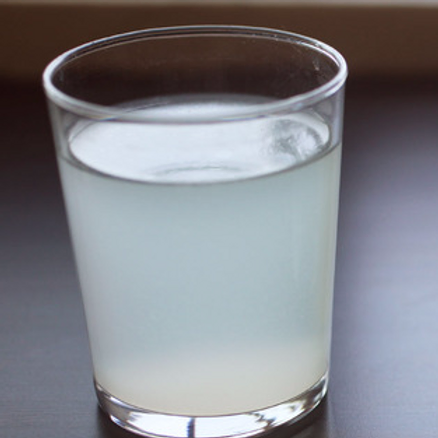
When you pour a glass of water, do you notice bubbles that disappear quickly or does the water stay cloudy for a few minutes and only then clears up? If your water is cloudy, it means there is dirt or other unwanted things in it. This happens because bad stuff gets into wells or water before it gets treated. This can cause plumbing issues because the sediment builds up in pipes and stops the water from flowing. If you don’t get rid of the sediment in your water, it can damage your clothes and the appliances that use water too. You can remove sediment by installing a whole home water treatment, filtration and purification system.
Low PH
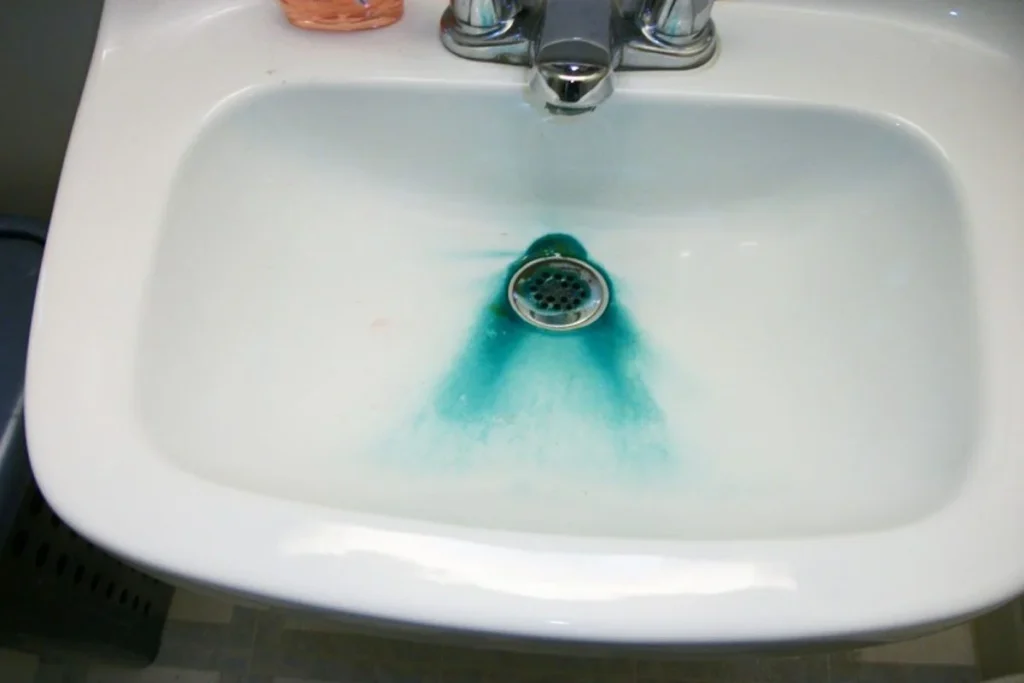
The pH scale measures how acidic or basic a solution is. If the number is low, it’s more acidic. If it’s high, it’s more basic. For water, a pH of 7 is neutral. If the pH lowers, it becomes harmful. Pollution can make water more acidic, like when factories or mines are nearby. When the water tastes like metal or there are blue-green stains near faucets or drains, it means the pH is low and harmful. This can weaken materials and damage fixtures, like water heaters.
Arsenic
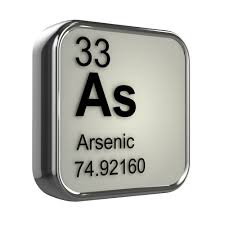
Arsenic is a harmful chemical that can contaminate water. It has no smell or taste and can cause cancer and death. It comes from the environment and is used in some products like drugs and wood preservatives.
Arsenic contaminates water sources when these materials get into or near them. Some areas in the United States already have arsenic in their water and treatment centers are managing it. However, if you get your water from a private well, you should have it tested for arsenic. A certified lab can do this for you. Our water treatment systems remove arsenic from the water if it is present.
Lead
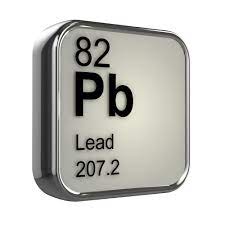
Many homes built before 1920s had pipes made of lead, a dangerous metal that has many negative effects on health. Even after the danger was realized, some builders still used lead pipes until 1986, when the national plumbing safety codes banned it. Today, there are still lead water lines, which can corrode and contaminate your water.
Drinking water with lead can slow childhood development and harm the immune system. Other risks of consuming lead may include not wanting to eat, trouble sleeping, hearing loss, neurological damage, and organ failure. Even if you don’t taste metal in your water, it may still contain lead. It is important to test and get your water filtered to protect your health. Our whole home water treatment systems remove lead from water.
Nitrates

Nitrates are important for farming by helping the soil recover after growing crops for a long time. But nitrates can be harmful to people if they get into our water supply. This often happens in towns near large farms because of fertilizers in the irrigation water. Nitrates can cause serious health problems in people like organ failure, delays in children’s development, and issues with our reproductive system. If your home’s water may be contaminated with nitrates, it can be expensive and take a long time to fix. Contact water experts who can test your water and help you choose the right filtration system.
Microbes
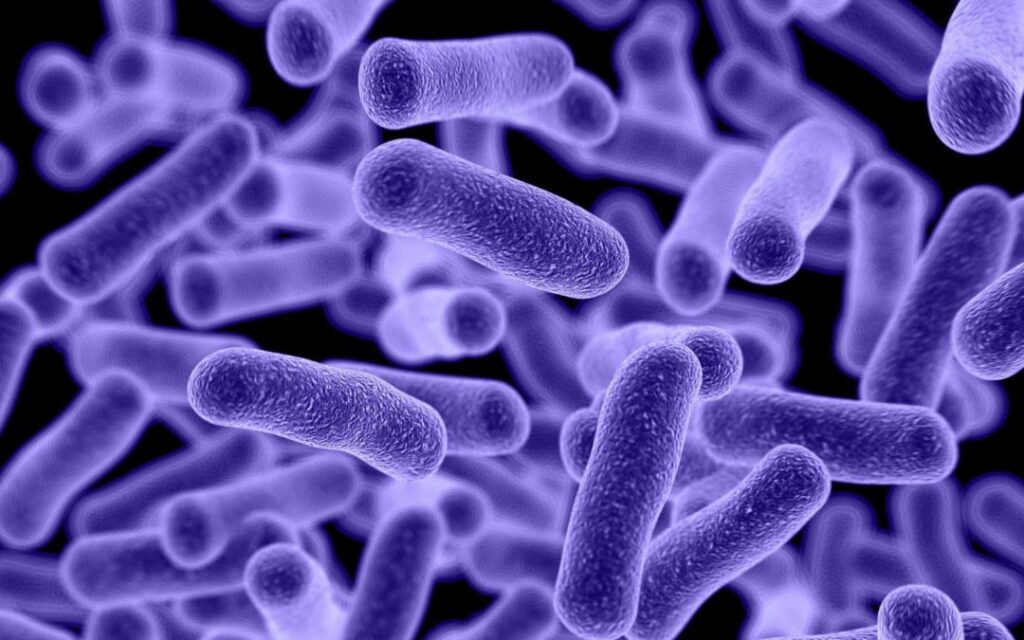
Microbiological water contamination comes from the breakdown of living things like plants and animals. These tiny living things can get into our water supply from waste like sewage. These germs can be taken out at big water treatment plants but it’s harder to eliminate them at home wells, and they can re-enter the water supply if there are breaks in the line. You can’t see or smell the bacteria. If the contamination is caused by things like algae, your water might start smelling like fish and moldy. It’s better to remove this type of contamination with a home water filtration and purification system.
Pharma-ceuticals
